Home>Garden Essentials>Where Does Poppy Seed Come From
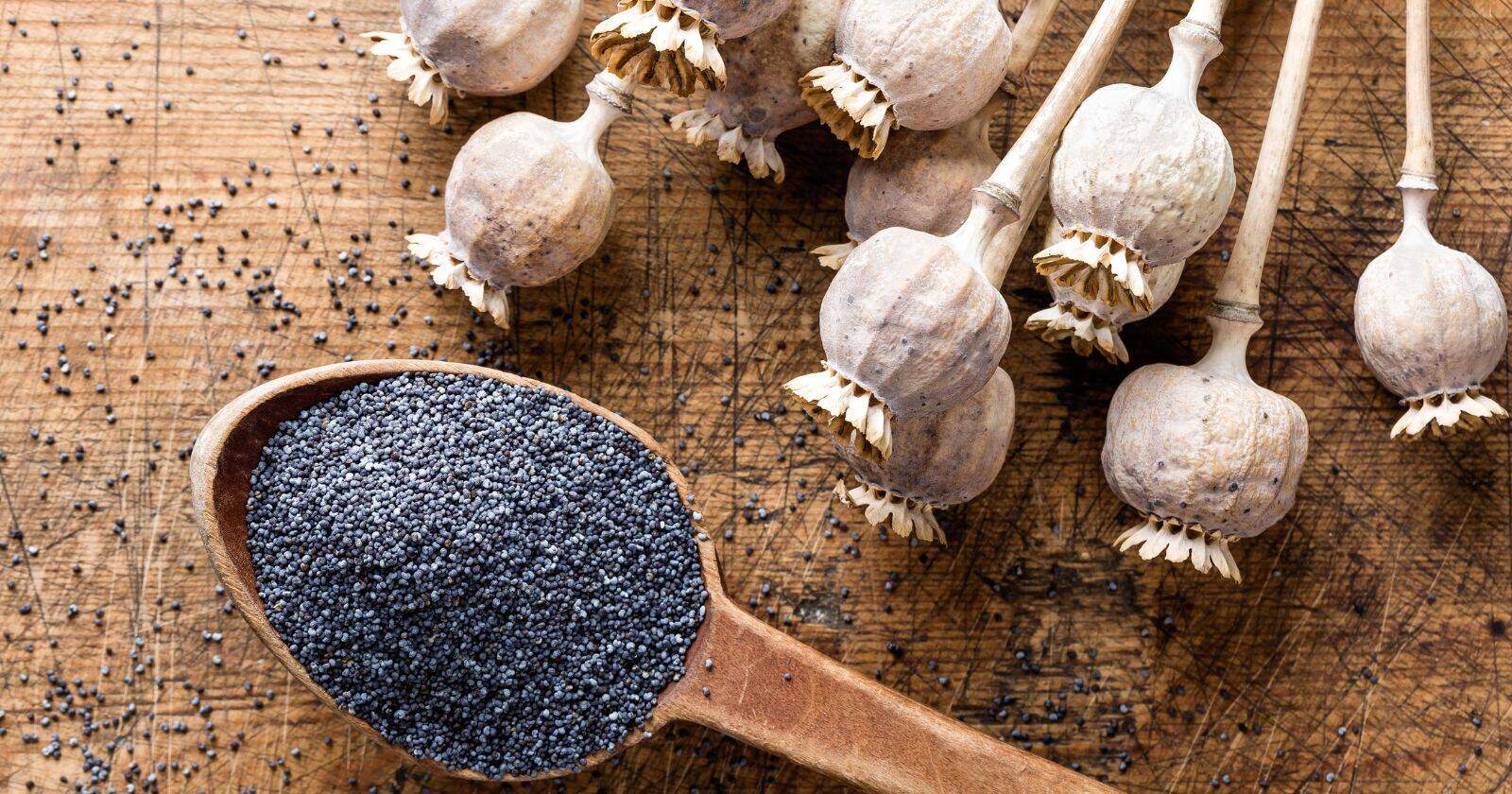

Garden Essentials
Where Does Poppy Seed Come From
Modified: October 20, 2024
Discover the origin of poppy seed and how it is cultivated in a garden for culinary use. Explore the process from seed to harvest in this informative guide.
(Many of the links in this article redirect to a specific reviewed product. Your purchase of these products through affiliate links helps to generate commission for Storables.com, at no extra cost. Learn more)
Introduction
Welcome to the fascinating world of poppy seeds! These tiny, yet flavorful gems have been a part of human civilization for thousands of years. Known for their distinct taste and versatility, poppy seeds are not only a staple in many culinary creations but also hold a special place in traditional medicine and popular culture.
Poppy seeds, derived from the opium poppy plant (Papaver somniferum), come from the dried seed pods of the plant. These small, oil-rich seeds are primarily grown in different parts of the world and can vary in color, ranging from white to shades of blue, gray, and black. Despite their small size, poppy seeds pack a nutritional punch, providing essential nutrients like fiber, manganese, calcium, and omega-3 fatty acids.
In this article, we will explore the origin of poppy seeds, their cultivation, harvesting and processing methods, as well as their various uses and applications. We will also delve into the cultural and historical significance of poppy seeds and debunk some popular misconceptions.
So, sit back, relax, and embark on a journey to discover the captivating world of poppy seeds!
Key Takeaways:
- Poppy seeds have a rich history and are grown in various regions globally. They are used in a wide range of dishes, from pastries to salads, and have potential health benefits in traditional medicine.
- Despite misconceptions, poppy seeds contain trace amounts of opiate alkaloids, which may affect drug testing. However, precautions can be taken to minimize any potential impact.
Read more: Where Does Nyjer Seed Come From
The Origin of Poppy Seeds
Poppy seeds have a rich history that dates back thousands of years. It is believed that they originated from the Mediterranean region and parts of western Asia. The opium poppy, from which poppy seeds are derived, is thought to have been cultivated as early as 5,000 BCE.
Ancient civilizations recognized the value of poppy seeds and utilized them for various purposes. The Sumerians, Egyptians, and Greeks all documented the cultivation and consumption of poppy seeds. In fact, the ancient Egyptians even adorned themselves with poppy flowers as a symbol of fertility and rebirth.
As trade routes expanded, poppy seeds made their way to different parts of the world, including Europe and Asia. They became an important ingredient in traditional cuisines, medicines, and rituals in these regions.
Indigenous tribes in North America also had their own varieties of poppy seeds. Native American tribes such as the Zuni and Hopi cultivated a native species known as the “Indian breadseed” or “wild poppy.” The seeds were not only used for food but also had cultural and spiritual significance.
Today, poppy seeds are grown in various regions globally, with major producers including Turkey, the Czech Republic, Spain, and the Netherlands. These countries have favorable climates and soil conditions that are conducive to poppy seed cultivation.
The cultivation and trade of poppy seeds have not only shaped culinary traditions but have also played a role in shaping economies and cultural practices throughout history.
Now that we have explored the origin of poppy seeds, let’s delve deeper into how they are cultivated and harvested.
Poppy Cultivation
Poppy plants require specific growing conditions to thrive. They prefer cool climates with well-drained soil. The cultivation process usually starts with preparing the land by plowing, removing weeds, and ensuring optimal soil fertility.
The planting of poppy seeds typically takes place in early spring or late fall. Farmers scatter the seeds thinly over the prepared soil and lightly cover them with a thin layer of soil. The seeds need sunlight to germinate, so it’s essential to avoid deep burying.
As the poppy plants grow, they require consistent moisture levels, but excessive watering should be avoided to prevent diseases. Weed management is crucial during the growth period, as the poppy plants are susceptible to competition from other plant species.
Poppy plants generally reach maturity in about three to four months. They produce beautiful flowers in various colors, including white, pink, red, and purple. These flowers are not only visually stunning but play a vital role in the pollination process.
After the flowers fade, the seed pods begin to develop. These pods are harvested when they turn brown and start to dry out. At this stage, the poppy seeds have reached their optimal ripeness and are ready for harvesting.
It’s important to note that while poppy seeds are widely cultivated for culinary and other purposes, the cultivation of opium poppy for obtaining opium resin, which contains highly controlled narcotics, is regulated and illegal in many countries.
Now that we have explored the cultivation process, let’s dive into the fascinating journey of harvesting and processing poppy seeds.
Harvesting and Processing Poppy Seeds
Harvesting poppy seeds is a labor-intensive process that requires precision and care. The timing of the harvest is crucial to ensure the seeds are fully matured and ready to be collected.
Once the poppy seed pods have dried out and turned brown, farmers carefully cut the stalks and collect the seed pods. To prevent the seeds from scattering, the pods are typically harvested by hand, using a sharp knife or sickle.
After the seed pods are gathered, they are left to dry further in a well-ventilated area. This drying process helps in separating the seeds from the pod. As the pods dry, they naturally release the tiny poppy seeds.
Once the seed pods are completely dry, they are threshed to separate the seeds. This process involves gently tapping or shaking the pods to release the seeds. Some farmers may use mechanized methods or specialized machines to facilitate the threshing process.
After the seeds are extracted, they undergo a cleaning process. This involves removing any remaining plant material, debris, or immature seeds from the batch. The cleaned seeds are then carefully stored in airtight containers to maintain their freshness and prevent moisture absorption.
Depending on the desired product, poppy seeds can be further processed. This may involve roasting the seeds, which enhances their nutty flavor and aroma. They can also be ground into a fine powder, commonly known as poppy seed meal, which is used in baking and cooking.
It’s important to note that some countries have regulations regarding the processing and sale of poppy seeds. This is due to the potential presence of trace amounts of opium alkaloids, which can be a concern for drug testing purposes. However, commercially available poppy seeds typically adhere to strict quality standards and have negligible levels of opium alkaloids.
Now that we have explored the harvesting and processing methods, let’s delve into the wide array of culinary uses of poppy seeds.
Culinary Uses of Poppy Seeds
Poppy seeds are a versatile ingredient that adds a unique flavor and texture to a wide range of culinary creations. From baked goods to savory dishes, these tiny seeds are cherished by chefs and home cooks alike.
In baking, poppy seeds are often used to add a delightful crunch and nutty flavor to pastries, bread, muffins, and cakes. They are commonly incorporated into recipes for classics like poppy seed rolls, lemon-poppy seed scones, or the famous Hungarian dessert, poppy seed strudel.
Poppy seeds also make an appearance in the world of confectionery. They can be used to coat chocolates, candies, or even create a unique poppy seed filling for pastries and truffles.
Aside from their use in baked goods, poppy seeds are popular in savory dishes as well. They are commonly used in Eastern European cuisines, where they are sprinkled on top of salads, stir-fries, roasted vegetables, or added to traditional dishes like cabbage rolls and pierogies.
The nutty flavor of poppy seeds pairs well with citrus fruits, making them a fantastic addition to salad dressings, marinades, and sauces. A simple vinaigrette with lemon juice, olive oil, and a sprinkle of poppy seeds can elevate any salad.
Another popular use of poppy seeds is in filling for dumplings and pastries. Poppy seed fillings are made by grinding the seeds into a paste and sweetening it with sugar or honey. This filling is then used to stuff pastries, like traditional Polish poppy seed buns or Czech kolaches.
Poppy seeds are also used in traditional Indian and Middle Eastern cuisines. In Indian cuisine, they are a key ingredient in various desserts, such as kheer (a rice pudding) and halwa (a sweet confection made from semolina or carrots).
Overall, poppy seeds add a delightful crunch, nutty flavor, and visual appeal to a wide variety of dishes. So, the next time you’re in the kitchen, don’t forget to incorporate these tiny seeds for an extra burst of flavor.
Now that we’ve explored the culinary uses of poppy seeds, let’s move on to their role in traditional medicine.
Poppy seeds come from the opium poppy plant. The seeds are harvested from the dried seed pods and are commonly used in baking and cooking for their nutty flavor.
Read more: Where Does Chia Seeds Come From
Poppy Seeds in Traditional Medicine
Poppy seeds have been utilized in traditional medicine for centuries due to their potential health benefits. These seeds contain various compounds that are believed to have medicinal properties, making them a staple in natural remedies and traditional healing practices.
One of the main compounds found in poppy seeds is opiate alkaloids, such as morphine and codeine. These alkaloids have powerful analgesic properties and are used in pharmaceutical pain medications. However, it’s important to note that the opiate alkaloids found in poppy seeds are typically in trace amounts and do not possess the same potency as pharmaceutical drugs.
In traditional medicine, poppy seeds have been used to alleviate conditions such as insomnia, anxiety, and respiratory ailments. A popular remedy involves grinding poppy seeds into a paste and mixing it with warm milk or honey to induce sleep and relaxation.
Poppy seed oil, extracted from the seeds, is often used topically for skincare. It is believed to nourish and hydrate the skin, reduce inflammation, and improve complexion. The oil is sometimes used in massage therapy to promote relaxation and relieve muscle tension.
Additionally, poppy seeds are rich in essential nutrients like dietary fiber, magnesium, and omega-3 fatty acids. These nutrients contribute to overall digestive health, cardiovascular function, and brain health. Incorporating poppy seeds into a well-balanced diet can provide these essential nutrients and support overall well-being.
While poppy seeds have been used in traditional medicine, it’s important to consult with a healthcare professional before using them for medicinal purposes. They should not be used as a substitute for proper medical advice or prescribed medications.
Now that we have explored the traditional uses of poppy seeds in medicine, let’s uncover their significance in popular culture.
Poppy Seeds in Popular Culture
Poppy seeds have made their mark in popular culture, appearing in various forms of art, literature, and even folklore. Their distinctive appearance and flavor have captured the imagination of artists and storytellers throughout history.
In art, poppy flowers and seeds have been depicted in countless paintings, symbolizing themes such as beauty, tranquility, and the fleeting nature of life. Renowned artists like Vincent van Gogh and Claude Monet have immortalized the charm of poppies in their masterpieces.
Poppy seeds have also been mentioned in literature and poetry. They often serve as metaphors for growth, dreams, and transformation. For example, in the famous Wizard of Oz story, the characters follow the yellow brick road through fields of poppies that make them fall into a deep sleep.
In folklore, poppy seeds have been associated with love, fertility, and magical properties. In some cultures, it is believed that scattering poppy seeds on the ground can bring fortune and abundance. Additionally, poppy seeds have been used in love charms and spells to enhance desire and attraction.
Poppy seeds have a strong presence in culinary traditions around the world. In some cultures, they hold religious significance and are used in traditional festivals and celebrations. For example, in Jewish cuisine, poppy seed-filled pastries, such as hamantaschen, are traditionally eaten during the festival of Purim.
Poppy seeds have also found their way into popular music. In the 1960s, the famous folk-rock band, “The Mamas & The Papas,” released the song “California Dreamin’,” which mentions “poppies” as symbolic of hope and longing for a better life.
Despite their small size, poppy seeds have managed to make a big impact in various aspects of popular culture. Their presence in art, literature, folklore, and music showcases their enduring allure and significance throughout history.
Now that we’ve explored the role of poppy seeds in popular culture, let’s address some common misconceptions surrounding poppy seeds and drug testing.
Poppy Seeds and Drug Testing
Poppy seeds have been falsely associated with drug testing due to their connection to the opium poppy plant. While it is true that opium poppies are used to produce narcotics such as morphine and codeine, the levels of these substances in commercial poppy seeds are extremely low and generally not sufficient to cause any psychoactive effects.
However, it is important to note that consuming large quantities of poppy seeds, or products containing them, may result in the presence of low levels of morphine and codeine in urine tests. This is due to the residual opiate alkaloids present in some poppy seeds. These trace amounts have the potential to trigger a positive result in certain drug screening tests.
Fortunately, awareness of this issue has prompted many drug testing agencies and organizations to set higher thresholds for opiate detection, taking into account the potential influence of poppy seeds. Additionally, many reputable food producers and sellers adhere to strict quality standards, ensuring that their poppy seeds contain negligible levels of opium alkaloids.
To further minimize any risks, individuals who are subject to drug testing or concerned about the potential effects of poppy seeds should consider avoiding excessive consumption of products containing these seeds in the days leading up to a test. It is also advisable to inform the testing authority or employer of any recent consumption of foods or products that may contain poppy seeds.
It’s worth noting that the detection of opiate alkaloids from poppy seeds during drug testing is not an indication of drug abuse or illegal substance use. It is merely a result of the presence of these alkaloids in the seeds themselves.
As with any dietary consideration or potential interactions with drug testing, it is always wise to consult with a healthcare professional or a trusted authority on drug testing procedures and guidelines.
Now that we’ve cleared up the misconceptions surrounding poppy seeds and drug testing, let’s conclude our exploration of the captivating world of poppy seeds.
Conclusion
In conclusion, poppy seeds have a long and fascinating history dating back thousands of years. From their origins in the Mediterranean region to their cultivation in various parts of the world today, these tiny seeds have left an indelible mark on cultures and cuisines globally.
We’ve explored the cultivation and processing methods of poppy seeds, witnessing the delicate process of harvesting and extracting these flavorful gems. We’ve delved into their diverse culinary uses, from baking and confectionery to savory dishes and dressings, showcasing their versatility and ability to add a delightful twist to any recipe.
Poppy seeds have not only found a place in the kitchen but have also been revered in traditional medicine for their potential health benefits. While they contain trace amounts of opiate alkaloids, precautions can be taken to minimize any potential impact on drug testing results.
Poppy seeds have not gone unnoticed in popular culture either, appearing in art, literature, and folklore, symbolizing beauty, transformation, and even magical properties. They hold a special place in the hearts of artists, poets, and musicians who have found inspiration in these small but meaningful seeds.
As we conclude our exploration, let us appreciate the richness and significance of poppy seeds. From their humble origins to their widespread culinary uses, these seeds have managed to captivate our taste buds, ignite our imaginations, and play a role in our traditions throughout history.
So, the next time you come across a dish adorned with poppy seeds or stumble upon a painting of vibrant poppy flowers, take a moment to acknowledge the impact and beauty of these unassuming yet remarkable seeds.
Now, armed with knowledge about poppy seeds, you can savor their flavors, appreciate their cultural significance, and share their captivating story with others.
Frequently Asked Questions about Where Does Poppy Seed Come From
Was this page helpful?
At Storables.com, we guarantee accurate and reliable information. Our content, validated by Expert Board Contributors, is crafted following stringent Editorial Policies. We're committed to providing you with well-researched, expert-backed insights for all your informational needs.
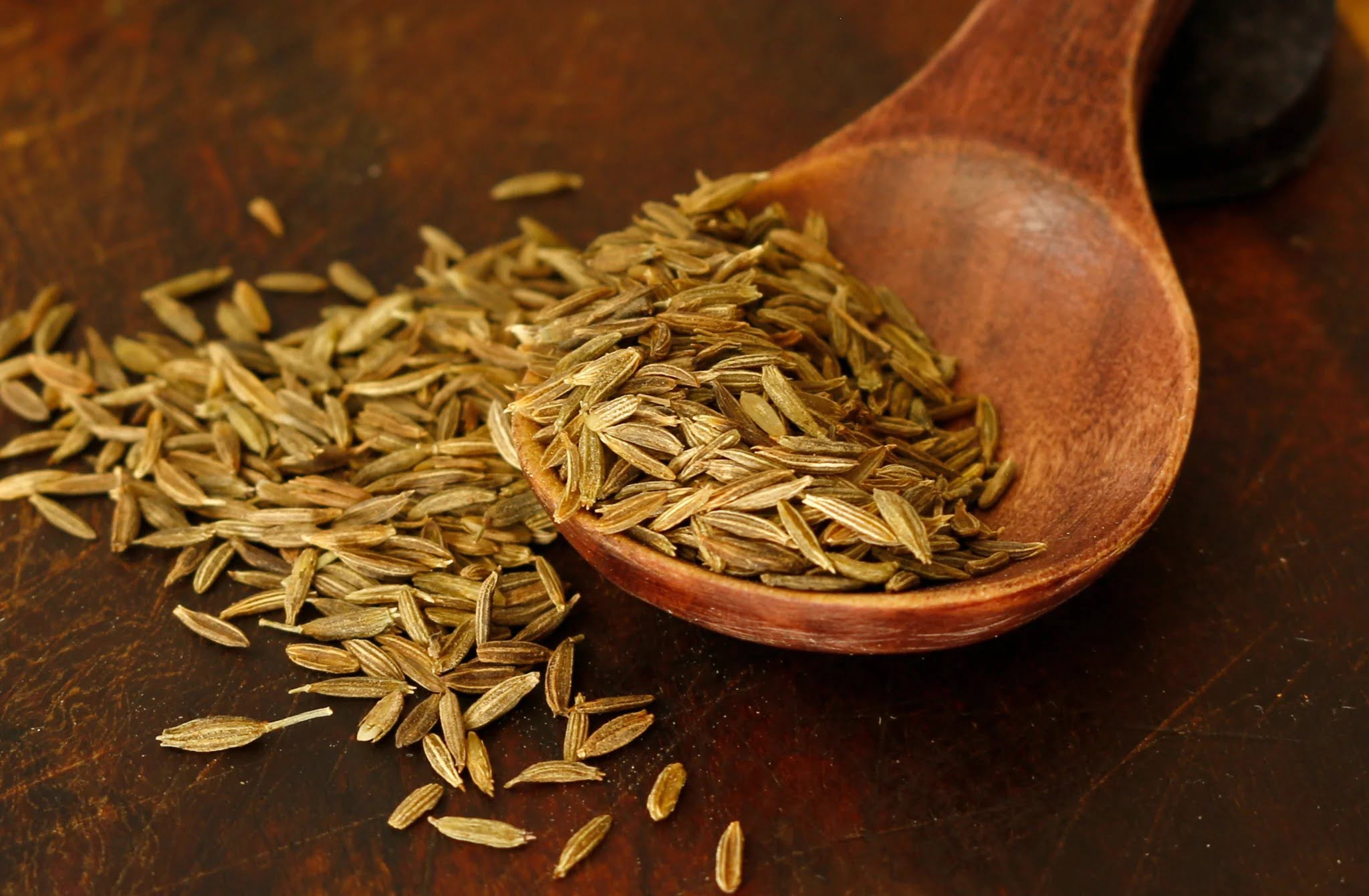
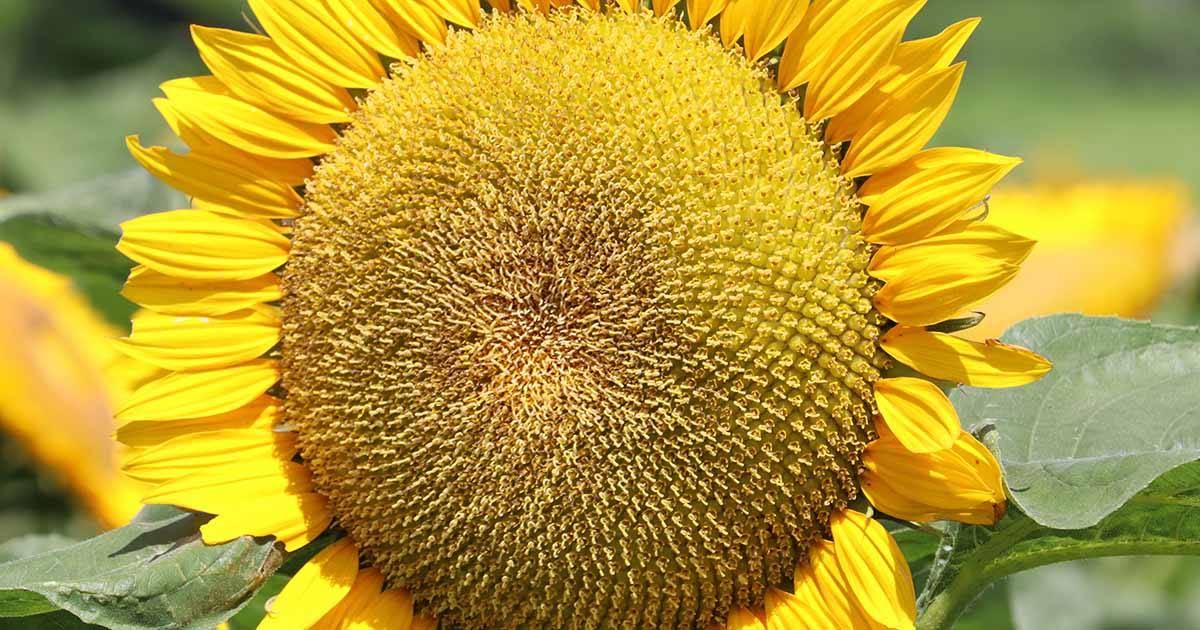
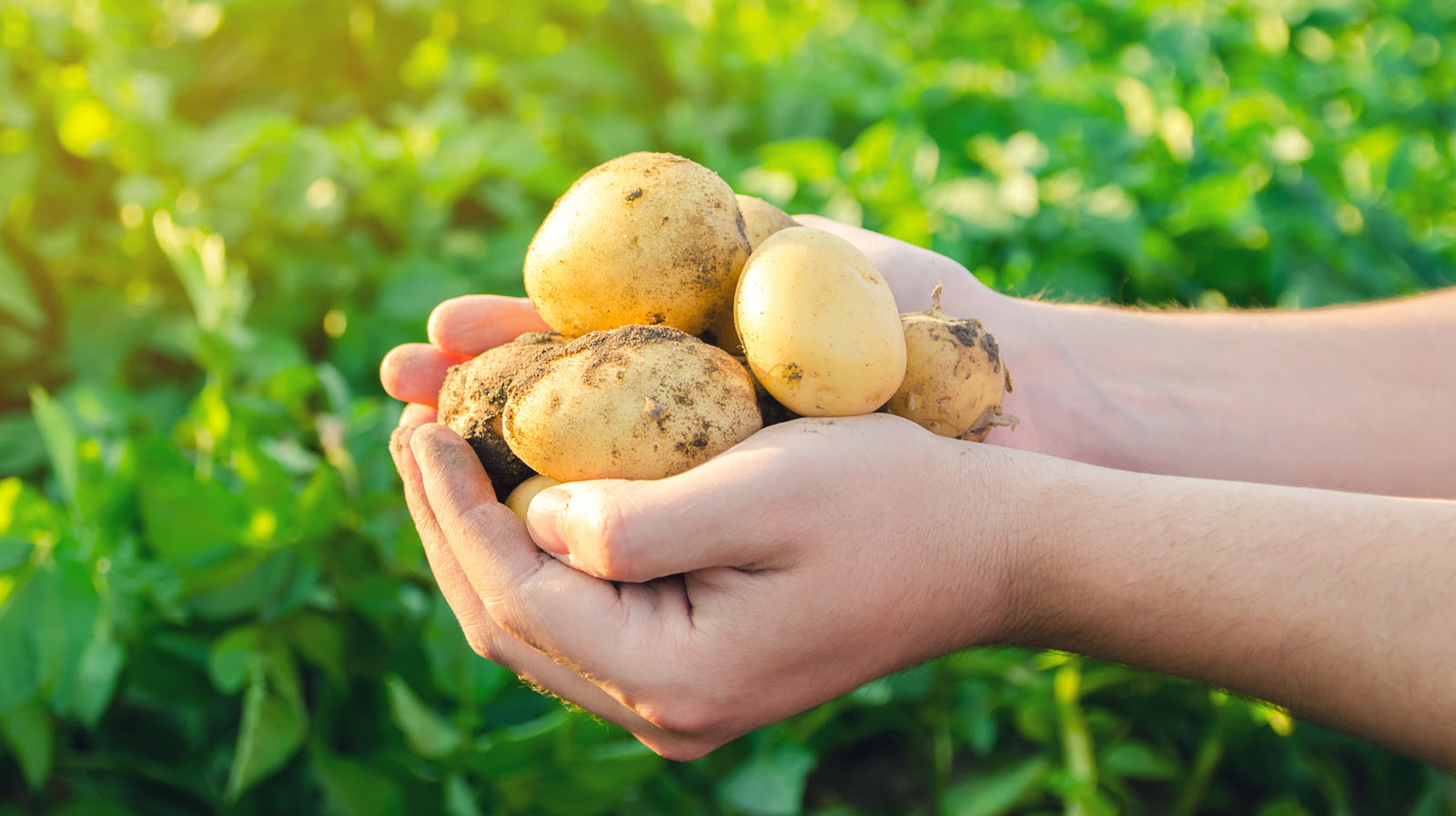
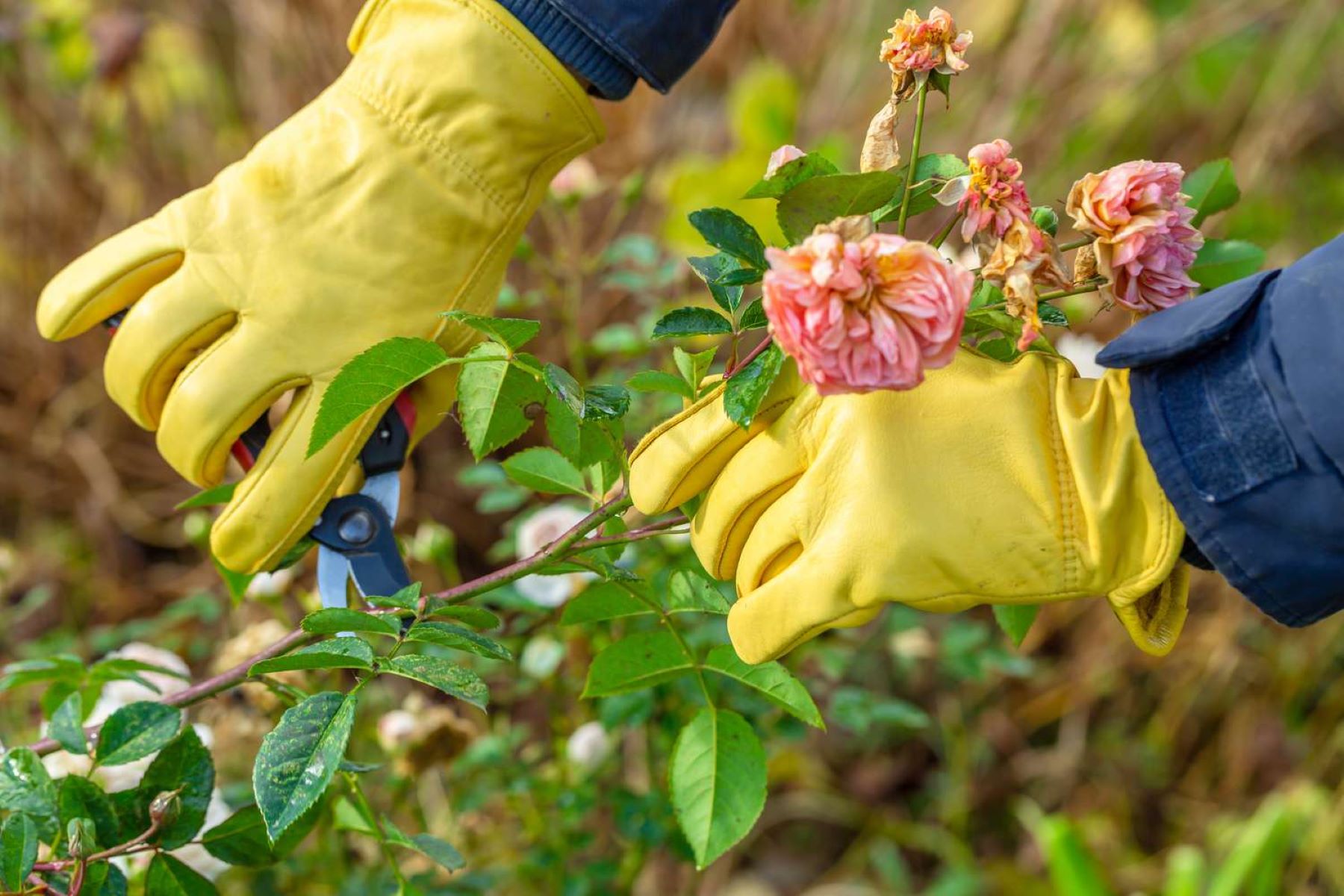
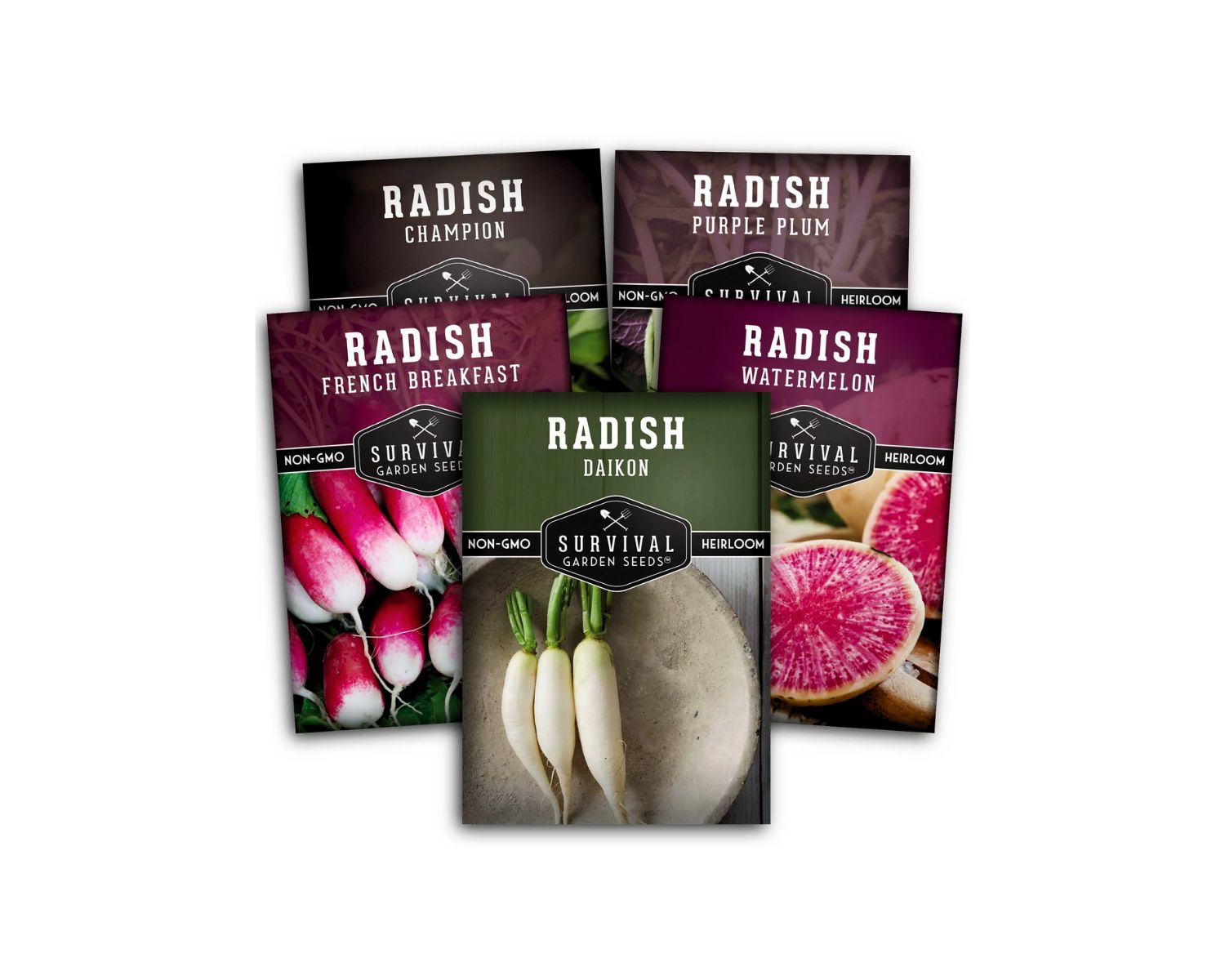
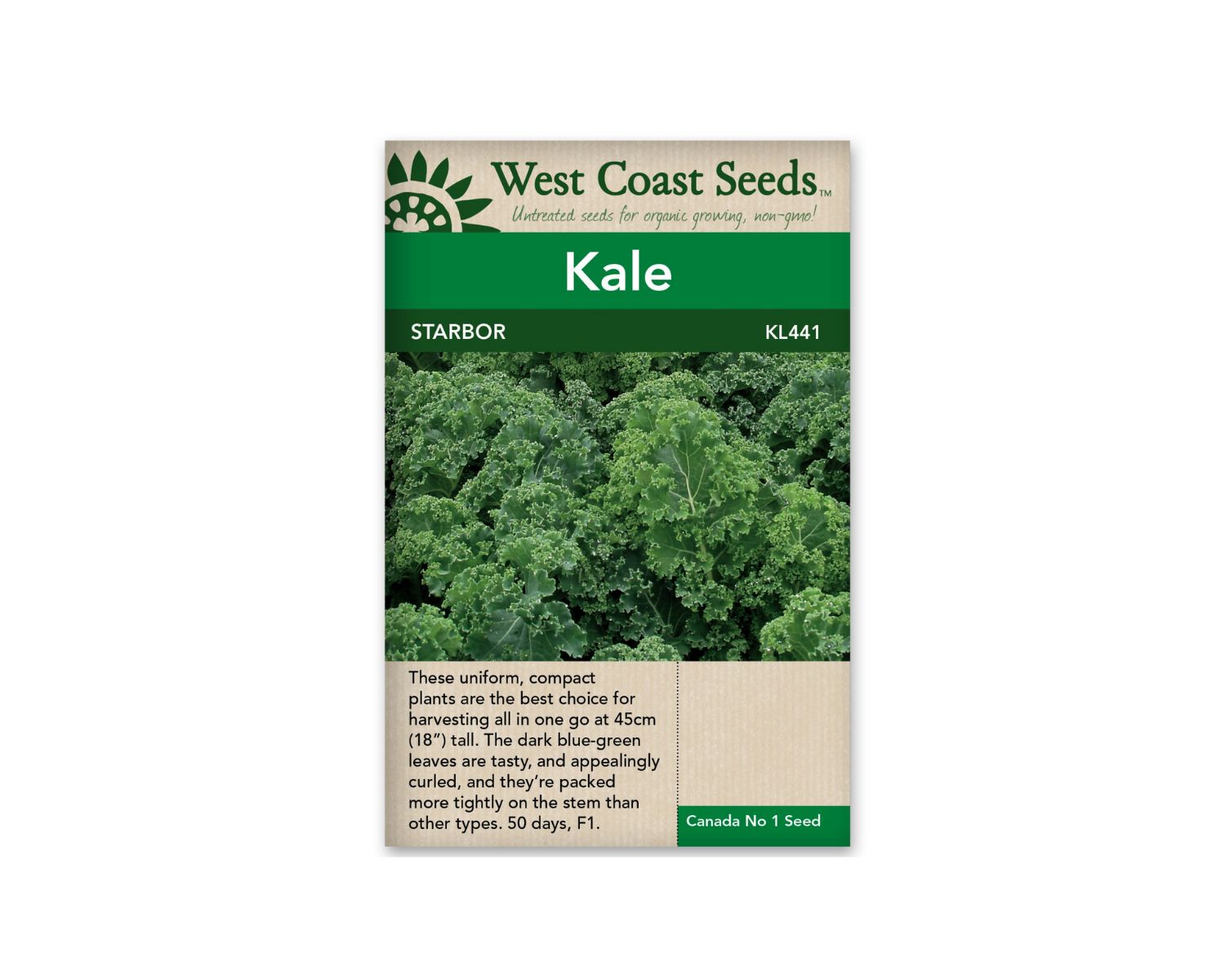
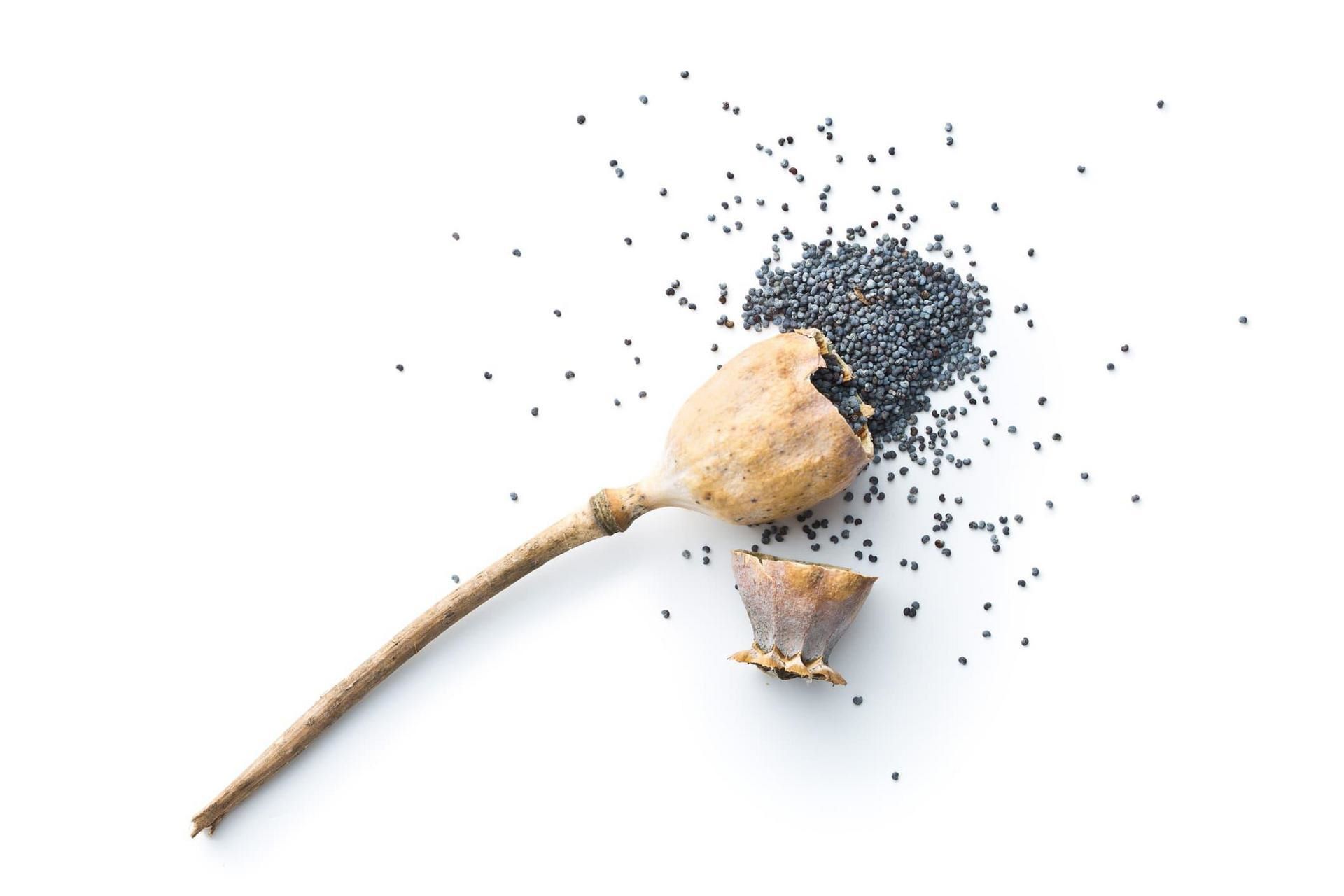

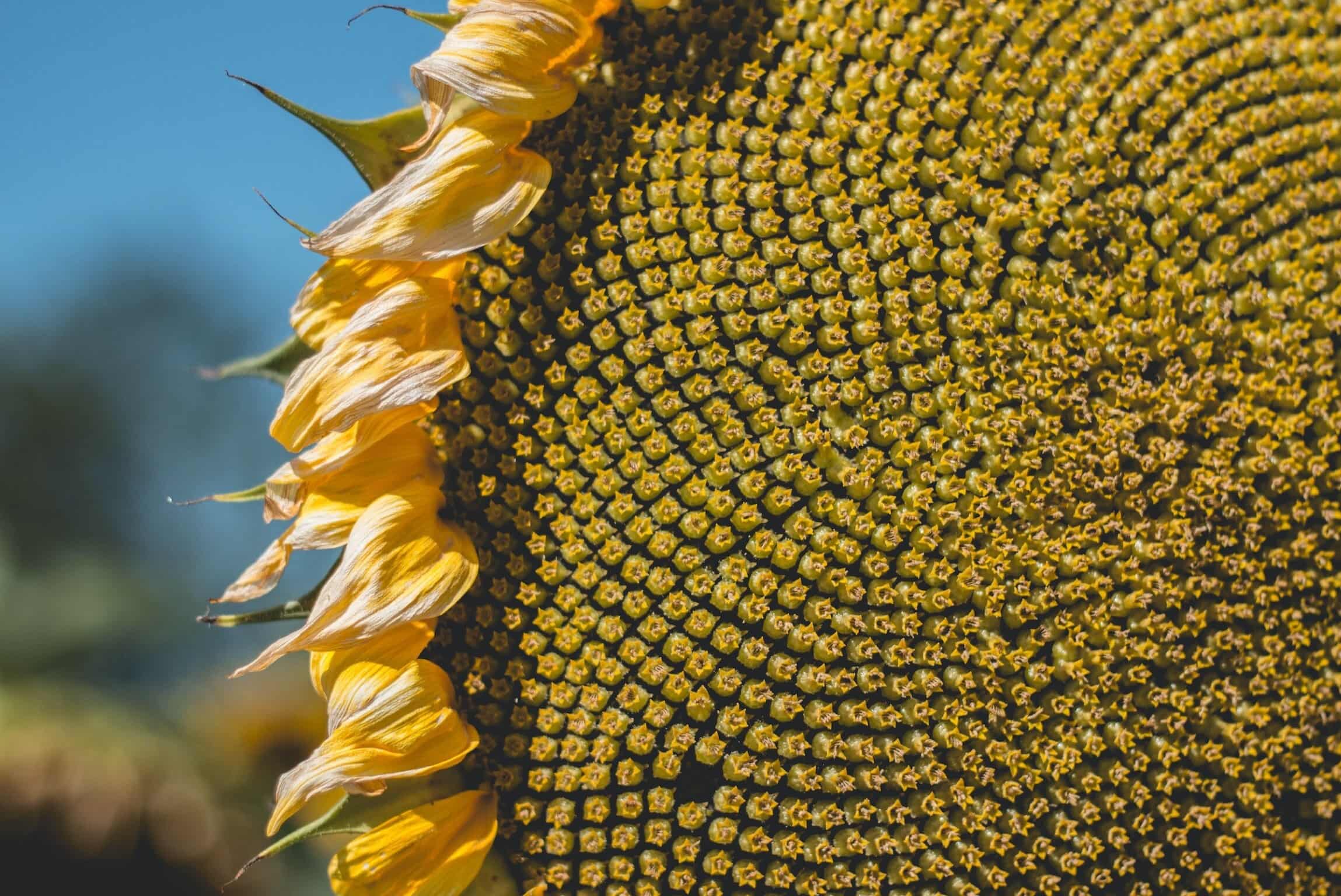
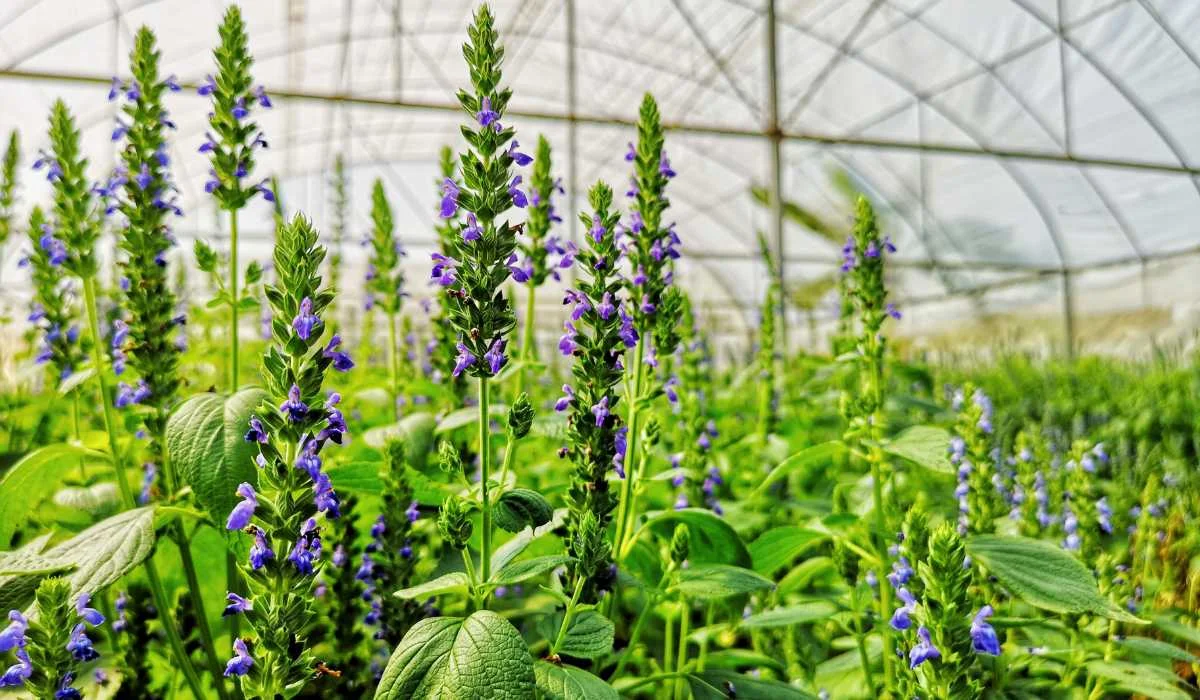
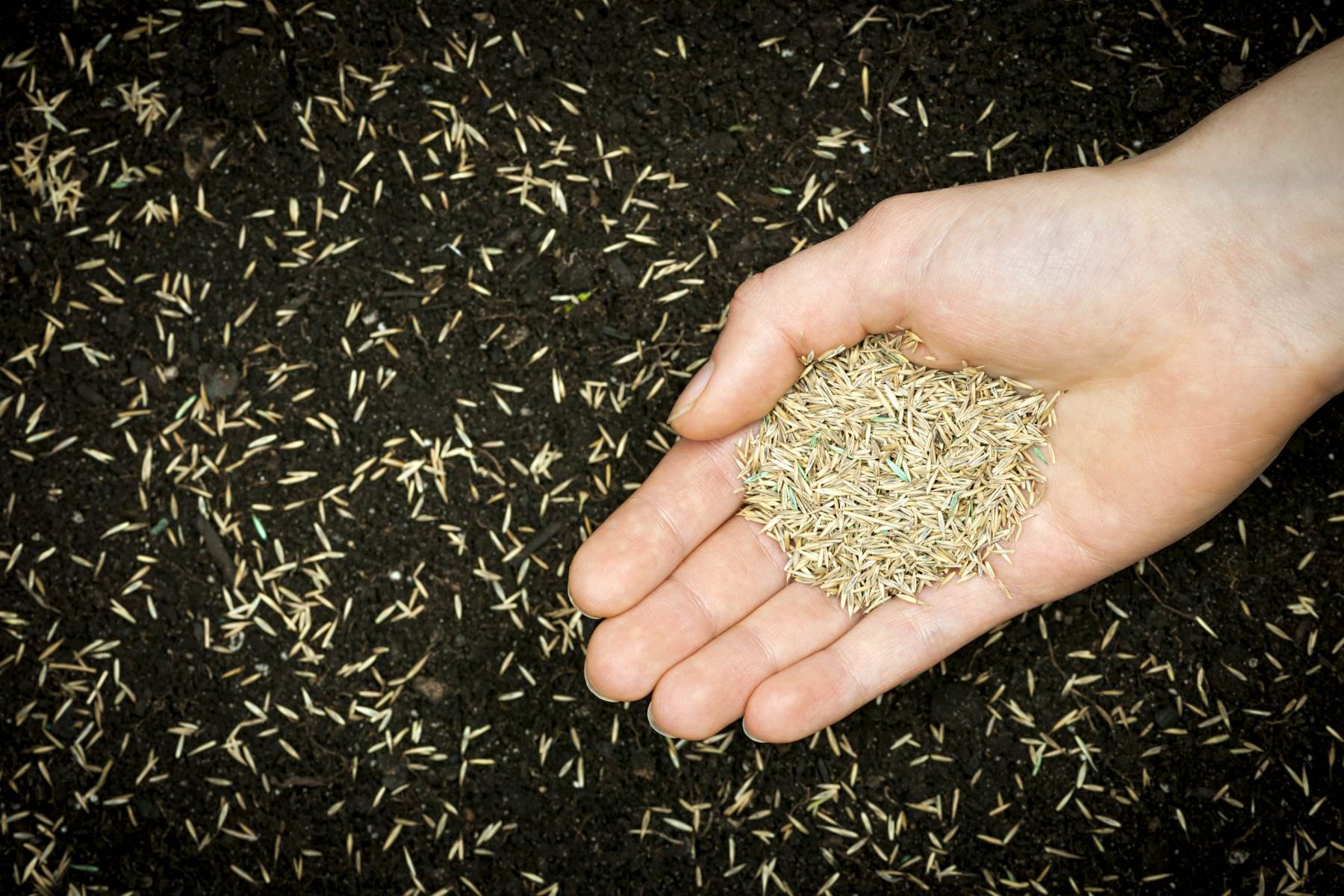
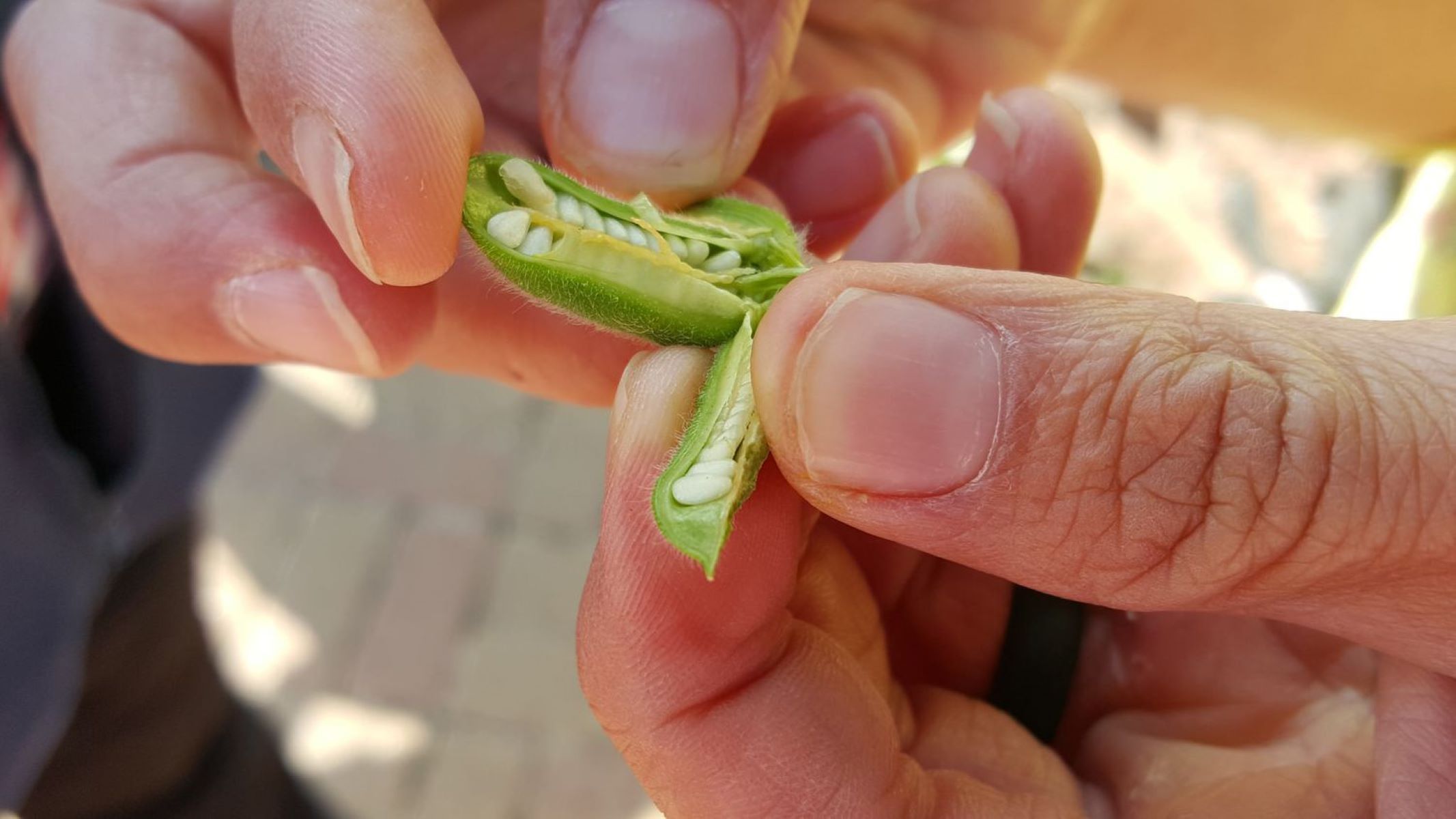
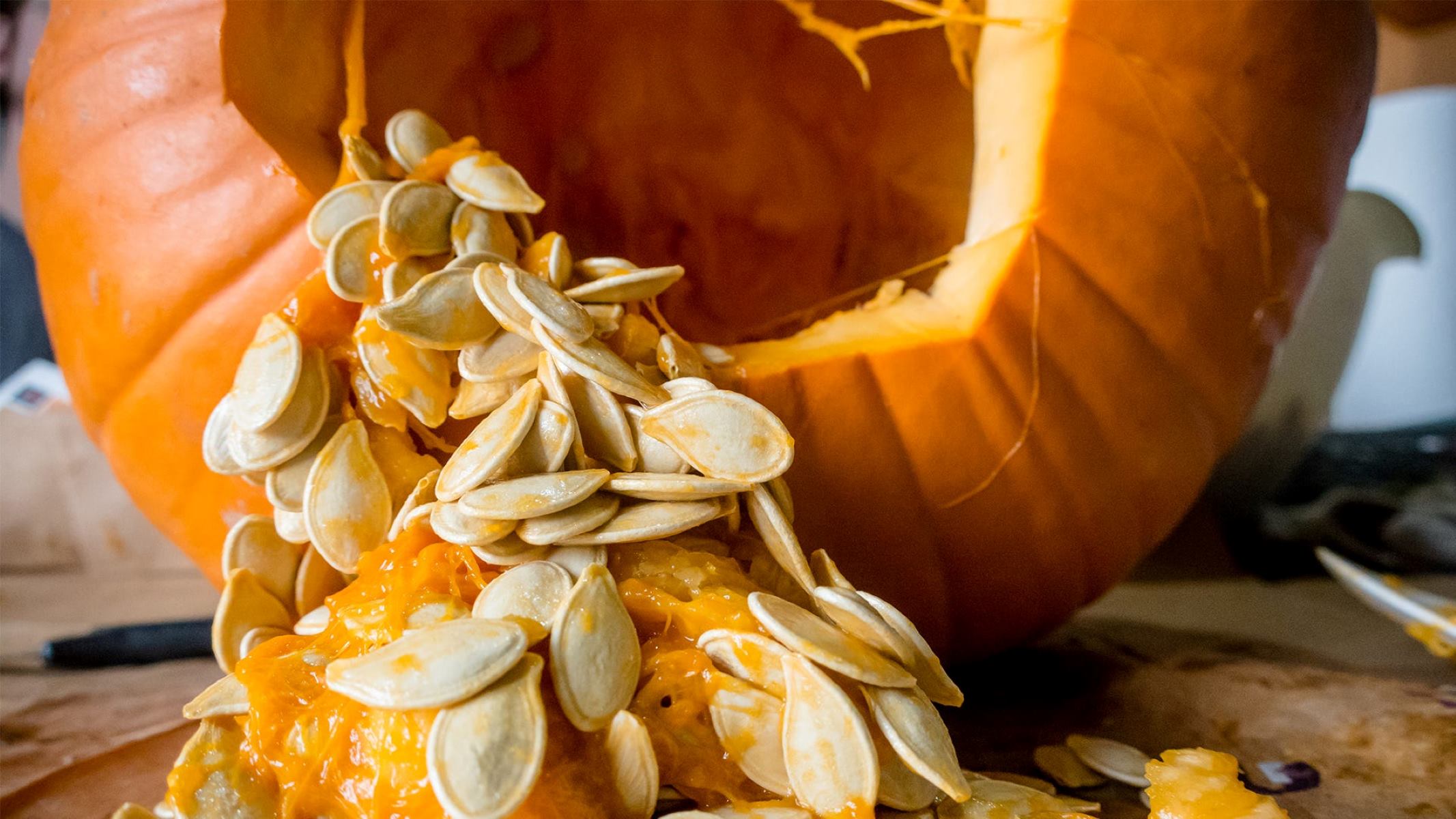
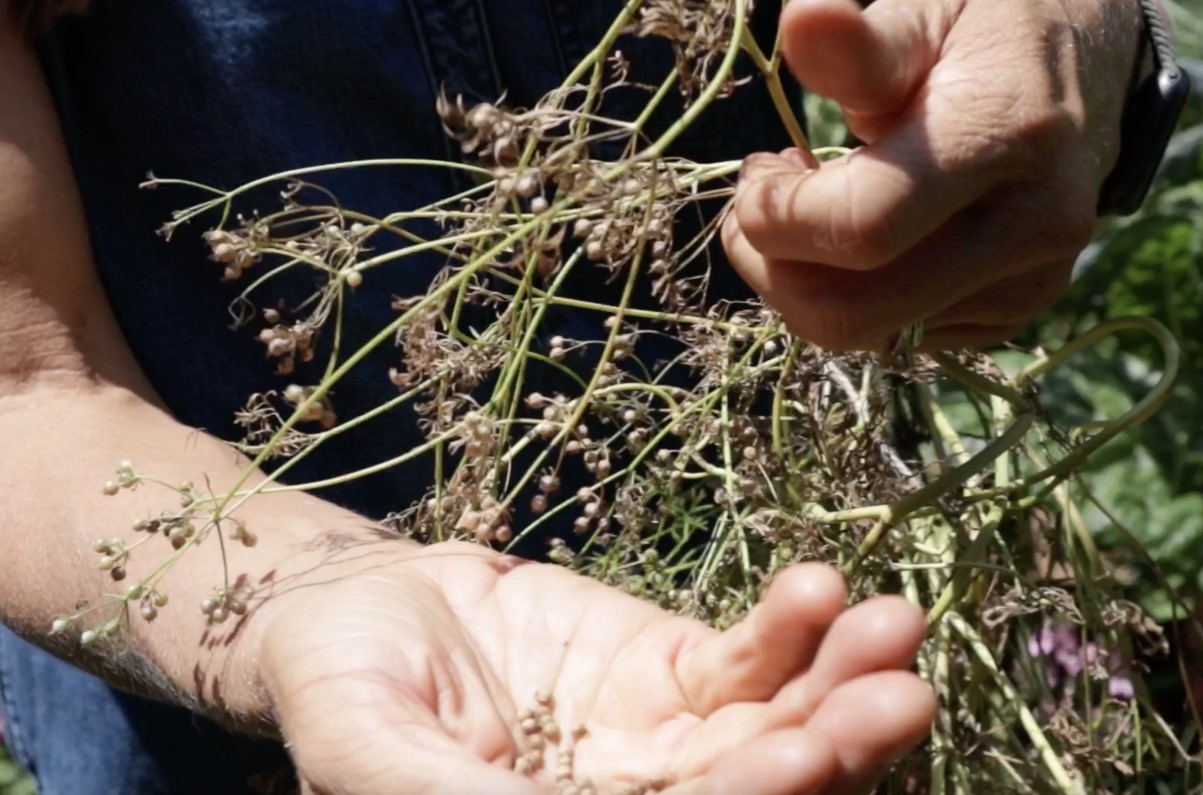

0 thoughts on “Where Does Poppy Seed Come From”